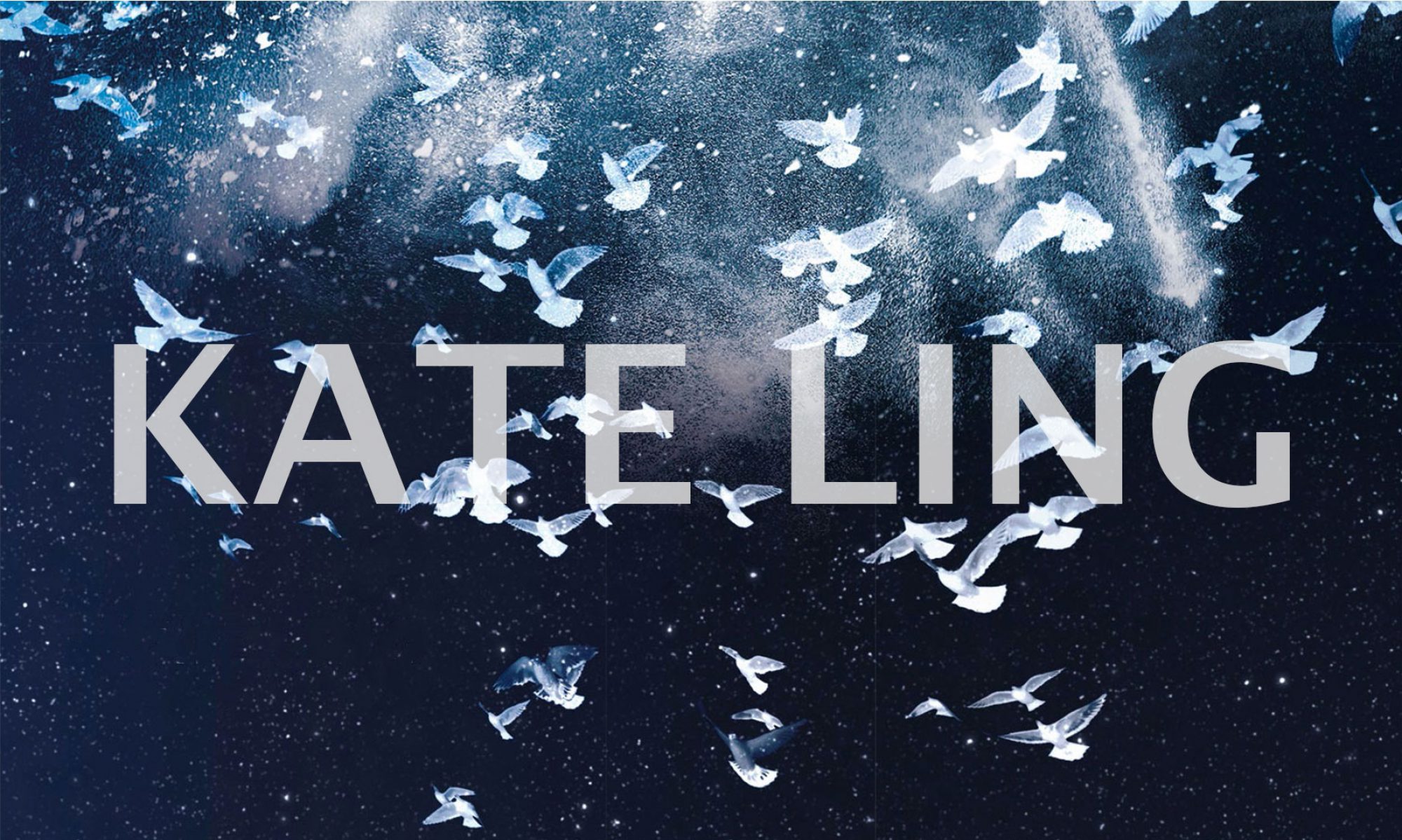It looks like nothing was found at this location. Maybe try a search?

The Unbearable Lighthouse of Being
Author, YA Fan, Space Nerd, Librarian

The Unbearable Lighthouse of Being
Author, YA Fan, Space Nerd, Librarian
It looks like nothing was found at this location. Maybe try a search?